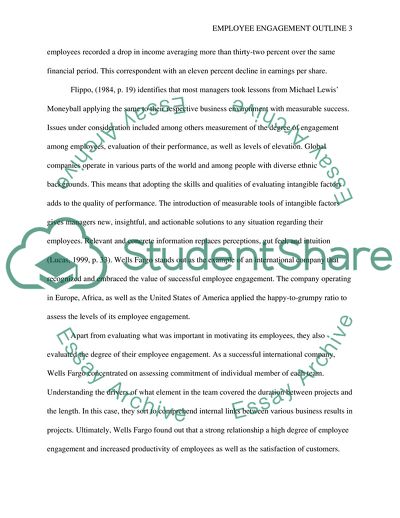Extended Outline or Action Plan for consultancy report - 1. https://studentshare.org/human-resources/1808778-extended-outline-or-action-plan-for-consultancy-report
Extended Outline or Action Plan for Consultancy Report - 1. https://studentshare.org/human-resources/1808778-extended-outline-or-action-plan-for-consultancy-report.


